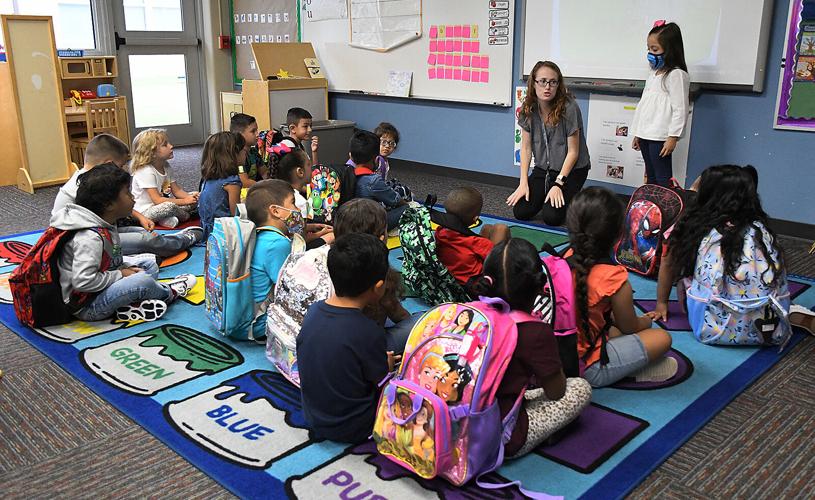ENID, Okla. — Enid Public Schools staff who agree to work for the district next year will receive another round of retention stipends by next month.
With the $500 one-time supplemental pay EPS board members approved Monday night, district employees would be receiving a total $1,100 so far this school year.
These payments would arrive on or before March 2, with another $1,000 expected to come next fall pending another board vote.
All employees hired before Dec. 18, 2021, are eligible for the stipend — if they commit to working another year for the Enid school district by submitting an EPS intent-to-return letter. Those hired after Dec. 17 and/or resigning at the end of the school year would not be eligible, according to the district.
Amounts for employees who work fewer than six hours a day will be prorated from the $500 based on hourly totals, district CFO Sam Robinson said.
Around 1,100 employees at all levels currently work for the district, he said.
Board members had previously approved a $300 retention stipend for employees in August; another $300 was OK’d in December.
EPS Superintendent Darrell Floyd said Monday he would ask board members in July to consider a fourth and final $1,000 stipend, for employees who return in August after completing this school year. The school board legally cannot take action in the current fiscal year out of next year’s budget, he said.
Employees new to the district prior to 2022-23 school year would receive a one-time $250 stipend.
EPS will continue to offer a $2,000 signing bonus for new secondary science, secondary world language, secondary math and special education teachers, which board members also approved Monday.
“We do want to say thank you to all of the employees that have hung in there with us — not only the last year but the last two years, we know it’s been a difficult time period of COVID and all that,” Floyd said.
The district is pulling $575,000 total from its general fund to cover this month’s round of bonuses, Robinson said.
He said each stipend’s amount has based on what district officials think it can afford, rather than comparing to amounts school districts around the state having been giving their employees.

